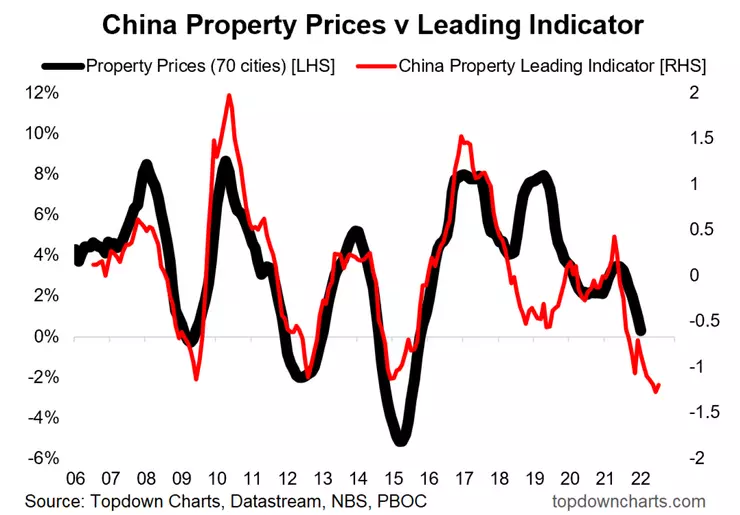Alright, folks, let’s talk Tibet. The Tibet Autonomous Region just tweaked its home-buying subsidy policy, and honestly, it’s… something. The housing and urban-rural development authorities, alongside the finance department, dropped a notice stating they’re ‘optimizing’ things. Optimizing, eh? Sounds fancy.

What does this actually mean? Well, the regional financial subsidy is now capped at 3% of the total purchase price, with a hard limit of 50,000 yuan per property. That’s it. And get this – the window for receiving these subsidies is from January 1, 2025, to March 25, 2026. A little over a year. Seriously?
They’re also doing a “post-settlement” reimbursement model. Basically, you buy the house, then hope the money comes back. This is allegedly to prevent funds from just sitting around not doing anything. Smart, I guess, but also adds a layer of complexity and potential hassle for buyers. Let’s be real, this isn’t some huge game-changer.
Let’s dive a little deeper into what’s happening here with housing subsidies:
Housing subsidies are government incentives to make homeownership more affordable. They’ve been a common tool for decades. The goal? Stimulate the housing market.
Different types exist, including direct cash payments, tax breaks, and low-interest loans. The effectiveness varies wildly depending on the local economy and housing supply.
“Post-settlement” reimbursement, like Tibet’s new policy, aims to reduce fraud and inefficiency, but can create bureaucratic hurdles. It’s a trade-off, folks. Efficiency versus ease of access.
Ultimately, these policies signal the government’s attempts to navigate a complex economic landscape. This move in Tibet is more a minor adjustment than a fundamental shift. Don’t expect to see a housing boom overnight. It’s a band-aid on a much larger problem, if we’re being honest.
So, is this a win for Tibetan homeowners? Possibly. Will it solve all their housing problems? Absolutely not. This is a small step in a long, complicated journey.






